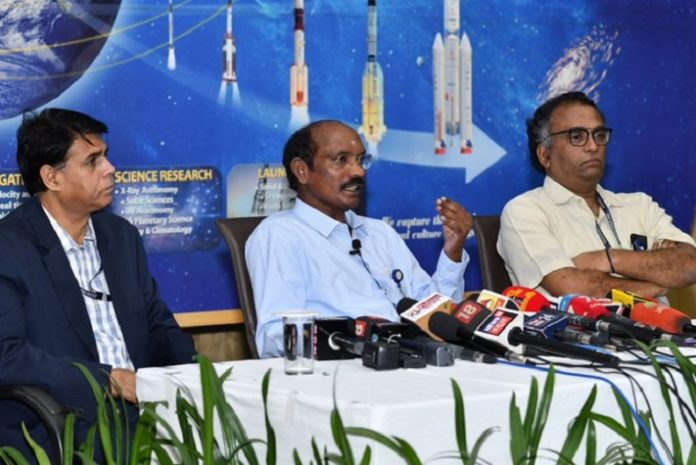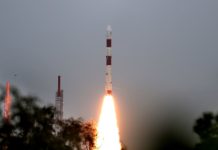On New Year’s Day, the Chairman of India’s space agency ISRO, K. Sivan, held a press conference to make public the agency’s accomplishments of 2019 and share its plans for 2020. Here are the highlights:
Astronaut training
Four astronauts have been selected to train for India’s maiden manned space programme, Gaganyaan, and will being training in the third week of January in Russia. Meanwhile, Gaganyaan spacecraft systems will be tested throughout the year to prepare for an unmanned mission either in 2020 or 2021.
Second Indian orbital spaceport
ISRO has begun land acquisition for its second orbital launch site, which will be located in the Thoothukudi district of Tamil Nadu, in Southeast India. According to K. Sivan, the site was chosen “mainly to get the advantages of the southward launch, especially for SSLV launches.”
A third lunar mission
Rumours that India will launch Chandrayaan-3, its third Moon mission, have been confirmed. Work has already begun, and the next mission will consist for a lander and a rover, and while utilizing Chandrayaan-2’s operational orbiter.
The first flight of the SSLV
ISRO will conduct the maiden flight of the Small Satellite Launch Vehicle (SSLV), which will supplement the PSLV in catering to the small satellite market.
A larger payload fairing for GSLV
A new variation of India’s newest and largest launch vehicle, the Geosynchronous Satellite Launch Vehicle Mark-III (GSLV Mk-III), will be launched. It will be equipped with a 4-metre payload fairing.
An indigenous atomic clock
ISRO will finally introduce its indigenous atomic clock, which India has been working on for years. The clock will be used on the latest navigation satellite, IRNSS-1J.
Launch of the Indian Data Relay Satellite System (IDRSS)
ISRO will launch 2 satellites as part of its planned data relay constellation, which K. Sivan explained is necessary for Gaganyaan.
The first solar mission
India’s first solar mission, Aditya-L1, will be launched in the second half of 2020. The 1,500 kg satellite will function as a solar observatory and will be inserted in a halo orbit around the L1 point.
Mobile-friendly navigation system
K. Sivan announced that India’s regional navigation system, NavIC, has been approved for use on mobile devices and will be available for public use, along with GPS. In separate news, Chinese mobile manufacturer Xiaomi is reportedly already equipping its India-export devices with NavIC.








Correction – the GSLV MK2 rocket will be equipped with 4 m fairing. Mk3 already has 5 m fairing